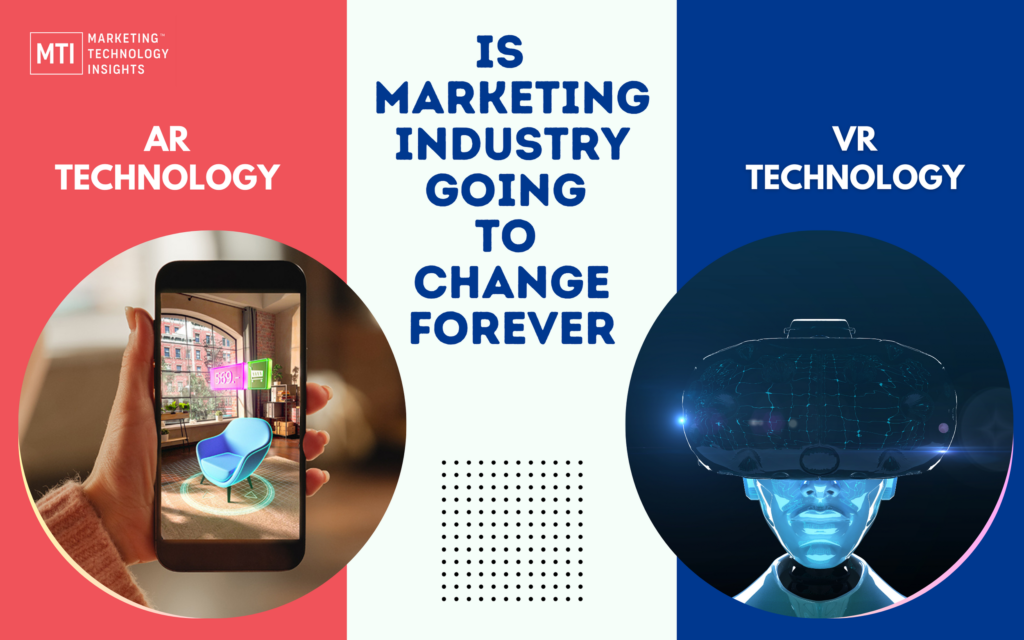AR and VR technologies are coming and it is going to change the marketing industry for good. There will be more demand for content suitable for AR and VR from now and for internet marketers is going to be a challenge to influence their potential customers.
Introduction
AR and VR is the acronym for augmented reality and virtual reality. The main Motive for AR and VR is to make the viewer experience a virtual world as it is the real one. The viewer can see a 3D, 360-degree view or its virtual surroundings using a headset of a glass.
AR and VR are being used in many sectors like entertainment product launches and online gaming. YouTube and other major video surfing sites already support VR video but unfortunately, there is really less content that is VR or AR-compatible. As in the future the VR-compatible video will be more easily available we can see a big shift to VR headset from our regular 2D phone screens.
VR and AR are going to shape the future of content in a good way, as more and more people start to like VR and AR videos the video makers and all the OTT platforms will have no choice then to make VR-supported videos for their premium content.
What is AR and What is VR?
AR and VR, although these 2 words sound similer to a lot of people they mean very different in a scientific manner.
AR stands for augmented reality which means adding something to the existing reality like a hologram or an image that is projected in the real world. With AR you will be both connected to the real world as well as to your virtual presence on the internet. For example, you can wear them with glasses but in some, there will be a map widget in the corner so you don’t have to look at your phone more often.
Now on the other hand there is VR, and VR stands for virtual reality, unlike AR, in VR you have to wear a helmet, and through the helmet, you will be connected to a virtual world. In that helmet there will be both video and audio to mimic the real world.
Companies like Meta are investing a handful amount of their fortune in this.
AR and VR in the fashion industry
There are a ton of uses for VR and AR in the fashion industry, Let’s Start with VR with VR technology you can virtually walk into the store pick whatever you like, and add those to your cart.
Or if you want to try out the garments before buying here comes the AR. With an AR mirror you can virtually wear a garment without even taking it in from the shelf. The AR mirror will automatically read the shape of your body and suggest best best-fitting clothes from the Store.
Personalizing marketing messages
With AR and VR are going to change the marketing industry. With these technologies, there will be a rapid shift in marketing strategy and tactics as well. People have to be more creative to utilize their new opportunities fully.
Especially with the help of AR ads can be shown as a virtual signboard that can be pinned to a specific location. For example, imagine there is a sign board that is beside the road people look at it every time they drive by it but only a few are interested in it.
With the help of AR, there can be a virtual signboard instead of a real one, which could save a lot of resources like plastic and metal frames. And the billboard can be customized according to your own preference.
Conclusion
The AR and VR are going to be a game changer in the marketing industry. All the marketing has to rethink their strategy to adapt to this new domain. But with this technology business can target their customers with more pinpoint accuracy.
As we all early mover is the best mover Businesses have to take steps now to keep up with the latest trend. They should start making content that is VR-friendly and start hiring more people like VR editors and VR media managers. Overall I have to say that VR and AR are coming and it is inevitable and we have to be prepared for it.



